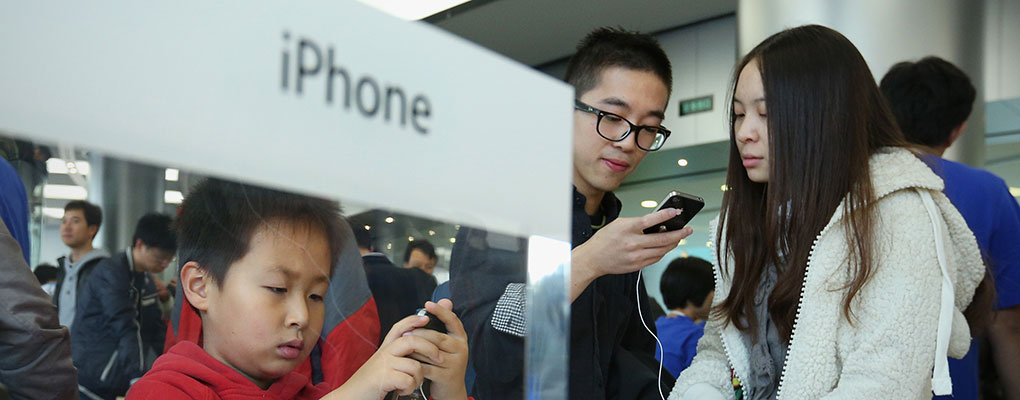
According to a survey by The Boston Consulting Group (BCG), “high-speed” households are helping to bolster consumer spending over the next five years.
The report defines “high-speed” households as middle- to upper-middle-class families, whose average monthly income surpasses 12,000 RMB ($1,900).
Incomes among these high-speed households is set to rise
This demographic is set to generate approximately $3.8trn of the $5.6trn in total urban consumption, according to a summary of the report.
“These high-speed households will power consumer spending in the years ahead,” said Jeff Walters, a BCG partner. “The overall economy may be slowing, but these more affluent consumers are optimistic about the future and their ability to increase their spending.”
Incomes among these high-speed households is set to rise, which the consultancy company believes will only help increase the sense of optimism that is already present within China’s consumer class and increasing overall spending.
According to the report, the “average affluent household” will see its overall income rise by more than 11 percent over the next few years, while the “average aspirant household” will see a rise of just six percent. This differential ends up creating a “20-fold difference” in actual earnings.
In order to reach these consumer, companies must have a strong presence, both online, and in the cities where roughly 80 percent of these families reside.
This new generation of Chinese consumers are “digitally savvy” and are “active online shoppers”, according to the report. In fact, 40 percent of affluent households log-on at least one a week to make a purchase, compared to 20 percent of aspirant households.
“These high-speed households are optimistic, active online shoppers, and will power consumer spending in the years ahead,” said Youchi Kuo, an expert principal at BCG.


